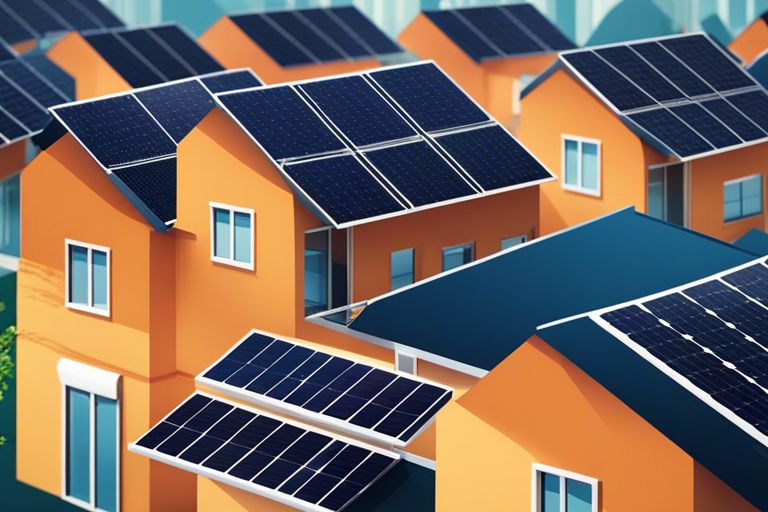How many solar panels are needed to power a home
Overwhelmed by the prospect of going solar? Calculating the number of solar panels needed to power your home may seem like a daunting task, but fear not – we’ve got
Energy for A Greener Future

Overwhelmed by the prospect of going solar? Calculating the number of solar panels needed to power your home may seem like a daunting task, but fear not – we’ve got